How the Phase 4 MCU TV Shows Saved Neglected Marvel Characters
Though the Marvel Disney+ experiment has been divisive, it's gone a long way to giving their enduring MCU characters real character development and agency.
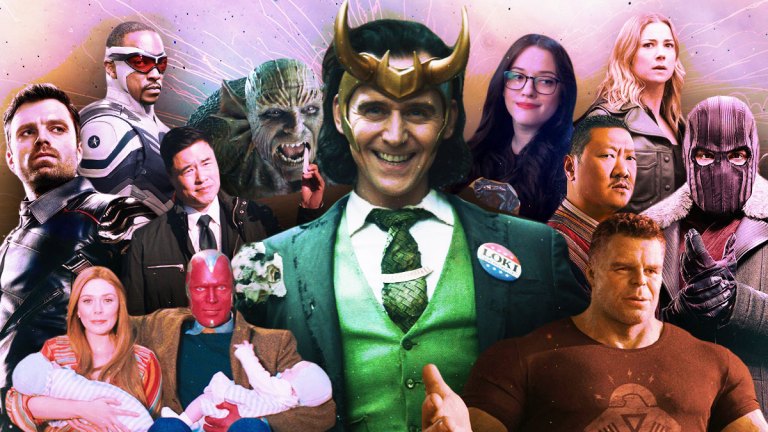
This article contains MCU spoilers
Wakanda Forever has now closed the book on Phase 4 of the Marvel Cinematic Universe, and the conclusion of She-Hulk: Attorney at Law brought an end to the TV show aspect. While the past few years of Marvel have certainly been overstuffed, the Disney+ shows have acted as an interesting development to this expanded superhero narrative.
Doing TV in the MCU is nothing new. They gave us seven seasons of Agents of SHIELD, 164 episodes of the Netflix shows, a season of Inhumans that nobody watched, and various other projects. It’s just that there was rarely much of a connection to the movies in any major way. Agents of SHIELD was lucky enough to get Samuel L. Jackson for five minutes, but otherwise had to rely on appearances by Lady Sif and Powers Boothe’s character from Avengers. The Netflix shows took place in the MCU, but kept their distance by referring to heroes by obvious descriptions (ie. “the big, green guy”). It was nice to see Agent Carter’s James D’Arcy reprise his role as Edwin Jarvis in Avengers: Endgame, but there really needed to be more connective tissue.
Disney+ gave us eight shows, a series of Groot shorts, and a kickass too-short-to-call-a-film special. While a couple of them are standalone, others bring back those from the MCU movies who needed more time in front of the camera. Side characters got to be in the spotlight and other heroes and villains got to pop into some new stories.
For the most part, it added a fresh coat of paint to these characters. Before I get into it, I should point out that I’m not going to count What If…? due to it having EVERYONE and not really playing into the continuity aspect of the MCU. Also, not every existing character will get an entry. Even if he did for some reason get nominated for an Emmy, Don Cheadle’s Rhodey popping up in The Falcon and the Winter Soldier didn’t really leave much of a footprint.
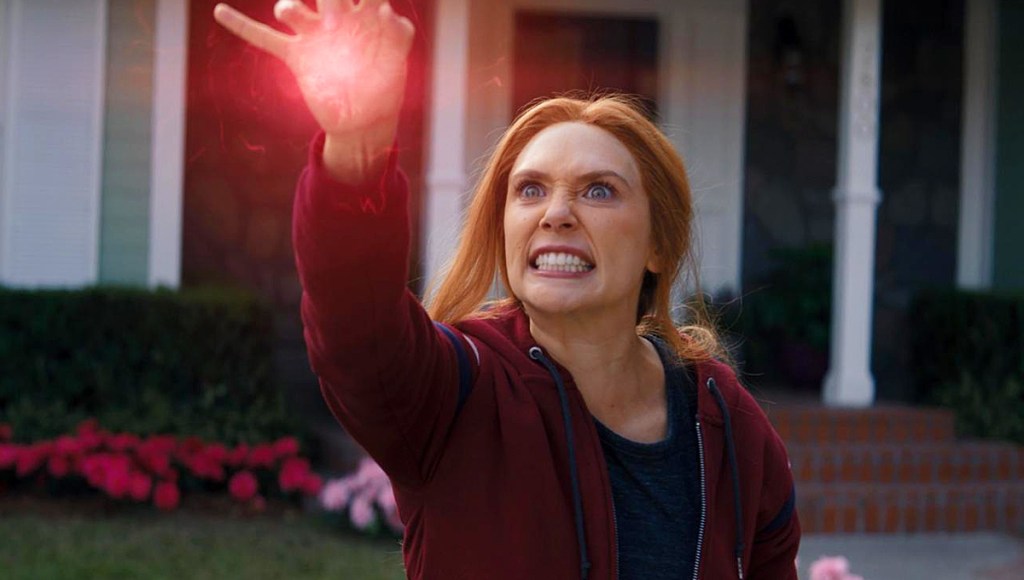
Wanda Maximoff
Not counting her teaser appearance in Captain America: The Winter Soldier, Wanda appeared in four movies prior to Phase 4 and her screen time was dedicated to suffering. No matter how cool her powers were, she was in no way having a fun time and spent nearly every moment reacting to trauma. The only reprieve she got was the few romantic moments with Vision early in Avengers: Infinity War. While set up in previous movies, it still felt rushed, and it only built towards Wanda feeling even more loss.
Through WandaVision, she got to relax the game a bit. Wanda got to live the life she wanted with the cracks gradually showing. It just so happens that this happy life comes with abuse of power and the suffering of others. With Agatha as the devil on her shoulder, she goes farther than she normally would have and shows that she is susceptible to manipulation and corruption, even if she is sympathetic.
Having to rip away her own happy life and out-witch Agatha does not bring much redemption to Wanda and instead sets her up for her role in Doctor Strange in the Multiverse of Madness. We’ve seen what a little nudging can do, but now a demonic book caked in corruption is pushing her to pure villainy.
Wanda’s showdown with Thanos in Avengers: Endgame does feel very different after seeing her Phase 4 journey. What initially felt like a moment of angry catharsis is actually a battle between two of reality’s greatest threats. He who thrashed the Avengers and she who slaughtered the Illuminati.
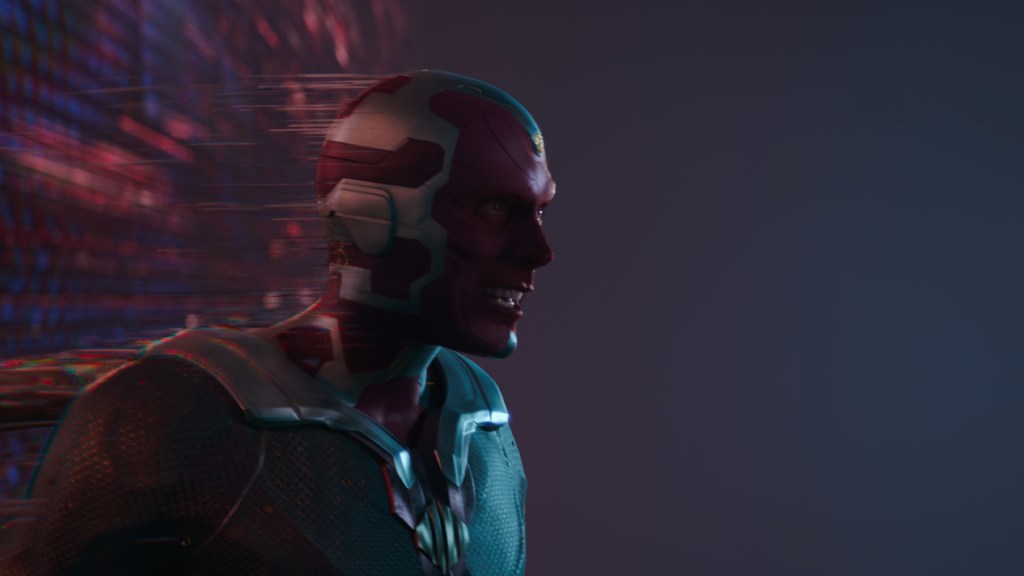
Vision
For all of his hype, Vision did kind of get the short end of the stick. Avengers: Age of Ultron made him the team’s heavy hitter and even showed him as worthy enough to pick up Mjolnir, but he still felt like a tacked on piece in a very busy movie. After that, he had only been shown fighting his friends in Captain America: Civil War and fighting with a handicap in Avengers: Infinity War before being killed twice over.
Granted, the Vision we see during most of WandaVision isn’t so much Vision as a memory construct of Vision, but his heroism, charm, and outlook is something we needed more of and we’re better for it. If anything, Wanda’s ability to say goodbye to him – the angel on her shoulder to counter Agatha – does inadvertently get rid of any resistance to what the Darkhold ends up doing to her.
Of course, the real Vision is alive (theological arguments aside). As the memory construct put it before dissipating, he is an ever-evolving force. He started as a disembodied AI recreation of a dead butler. Then he became an android superhero. Then he became a conscience. Now Vision exists as an emotional blank slate with those powers and memories, but an open-ended path on where that takes him next.
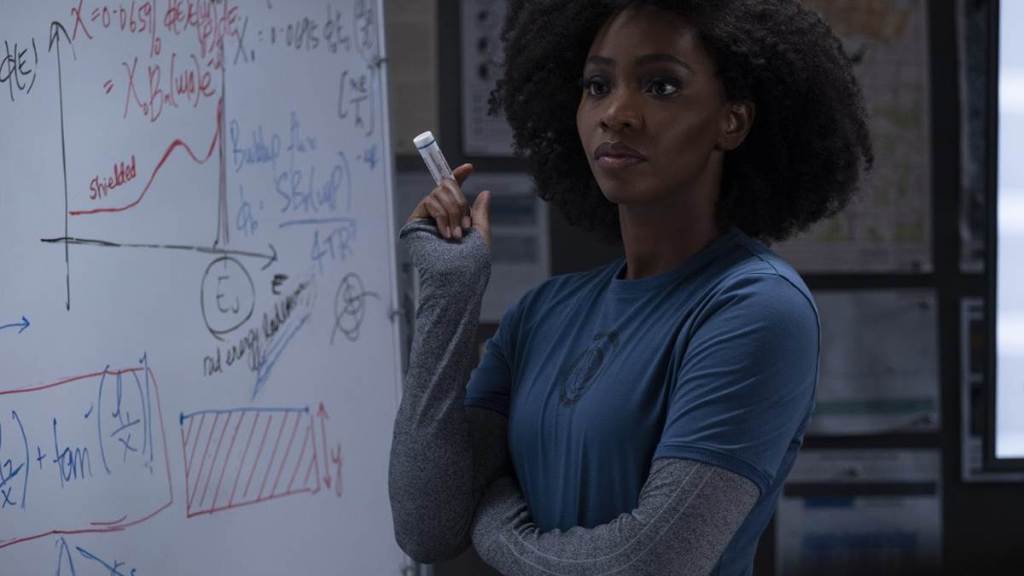
Monica Rambeau
Unless you followed news on WandaVision ahead of time, one of the better twists was that Wanda’s friend Gertrude was in actuality a grown-up version of the little girl who looked up to Carol Danvers in Captain Marvel. Through her backstory, we discover that Captain Marvel’s role in the Skrull/Kree conflict did more than inspire Nick Fury. Carol’s best friend Maria Rambeau went on to create SWORD, a sister organization to SHIELD.
While introduced as part of Captain Marvel’s corner of the MCU, Monica got to find herself in a way that puts her presumably on Carol’s level, but without being a hanger-on. By being a secondary protagonist of WandaVision, Monica becomes more of a counterpart to Carol, in that she also gains powers through unique and complicated exposure to an Infinity Stone. Now that her role in Wanda’s story is over, she can go back to stories of space travel and her mother’s best friend. Someone who could have been introduced as a sidekick is now more of an equal and even a rival.
But more on that in a bit.
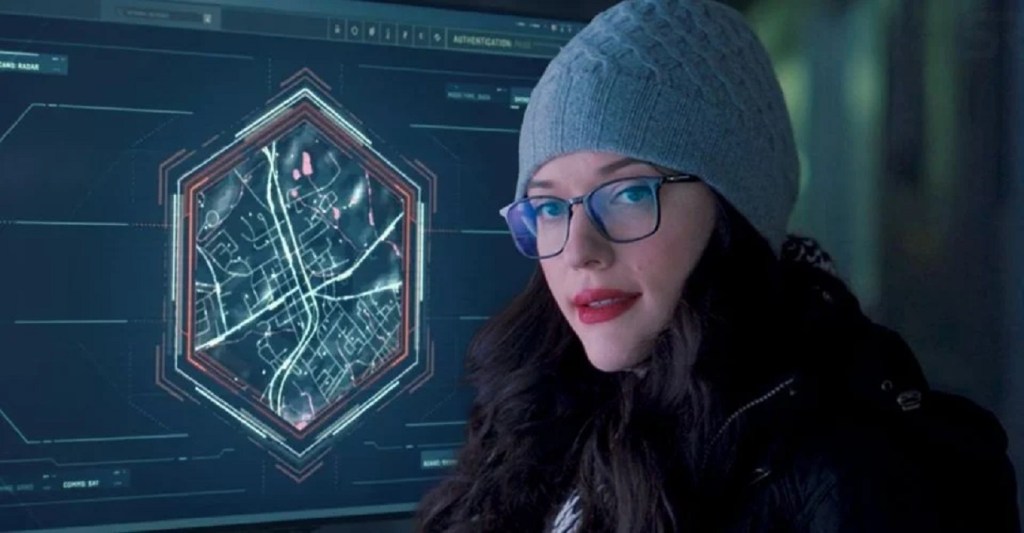
Darcy Lewis
It was rather refreshing that while the MCU took a lengthy break from Thor’s original Midgard buddies, Darcy Lewis had been proving herself to be more than a love interest’s comic relief sidekick. In the years that had passed since Thor: The Dark World, Darcy had gone from a goofball intern to earning a doctorate in astrophysics and becoming an expert in her field. She was the one who figured out the nature of Wanda’s hold over Westfield and was instrumental in foiling Hayward’s scheme.
After her cameo in Thor: Love and Thunder, it’s hard to say if we’ll ever see Darcy show up ever again in the MCU. At least she can do it as her own person and not as an extension of Jane Foster.
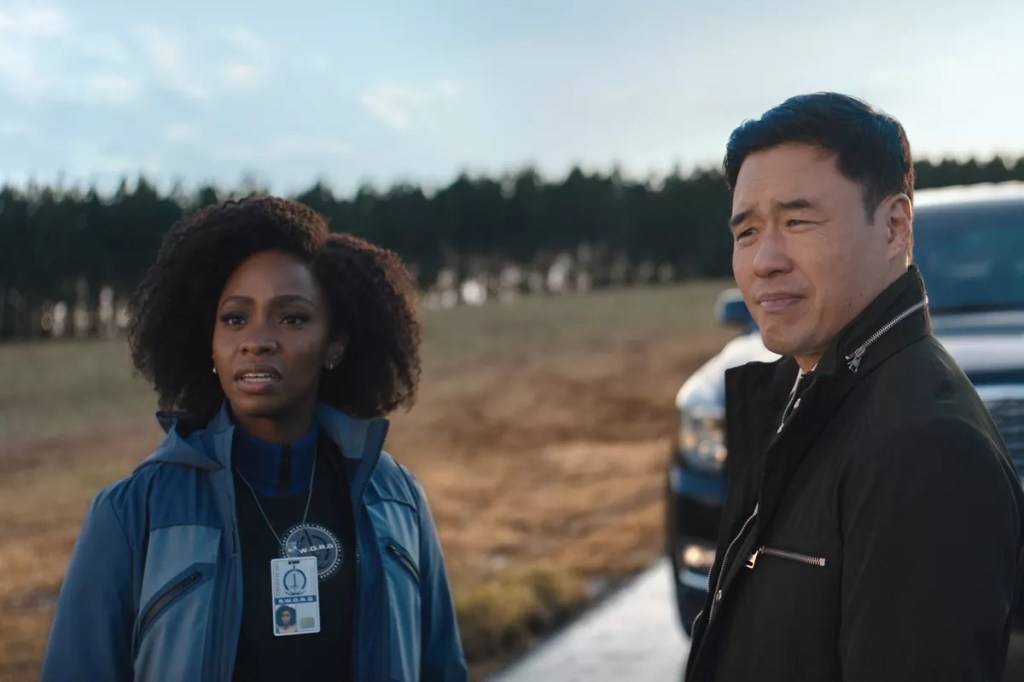
Agent James Woo
There might come a day in the MCU where James Woo is leading the Agents of Atlas, a team made up of a talking gorilla, an old timey robot, and a siren who thinks she’s the goddess Venus. If that were to happen, we would certainly need more than just his appearance in Ant-Man and the Wasp. As fun as he was at times, he was still an antagonist whose role in the movie was to punish Scott Lang for doing the right thing.
WandaVision allowed us to see Woo as a doofy, albeit incredibly competent, force of good. Much like Scott, Woo had to go against government orders in order to do what’s right. It was just a lot easier for him because Tyler Hayward was out of line and Woo was able to legally get away with defying him. Now he’s seen as a likable cog in the MCU and may have even earned a guest spot on Scott Lang’s podcast.
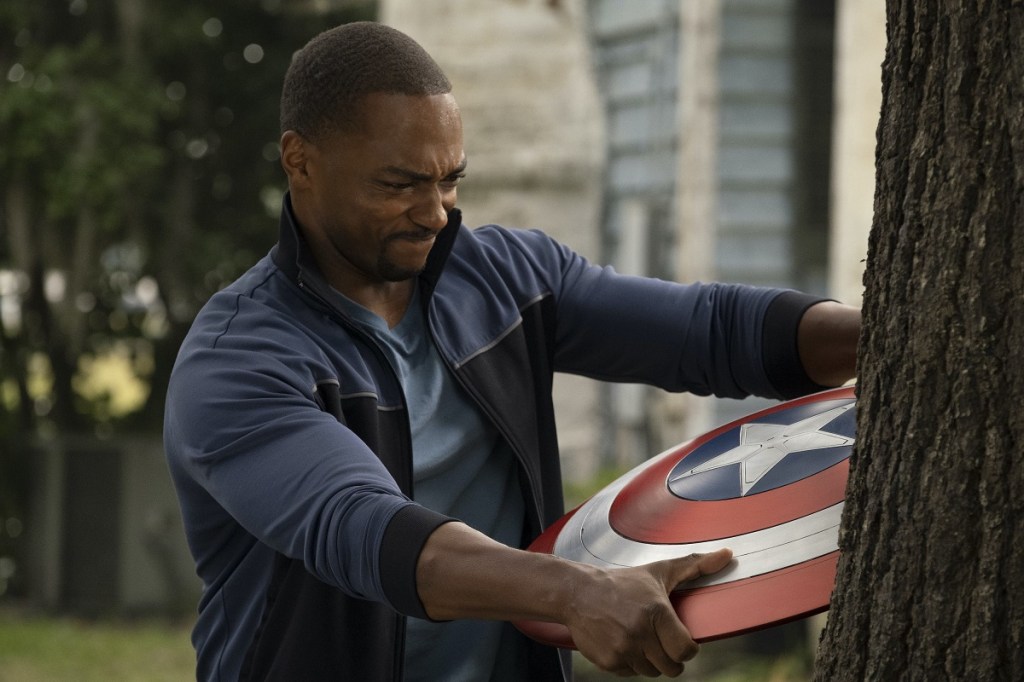
Sam Wilson
At first glance, it feels like you could just watch the last two minutes of Avengers: Endgame and then go directly to Captain America: New World Order. Steve Rogers told Sam Wilson to be Captain America and at the start of the next movie, he’s Captain America. It works, but it does Sam a real disservice. The Falcon and the Winter Soldier pads his path to the shield, but for good reason. Up until that point, Sam has been little more than “Steve’s other friend.” Him becoming Captain America at the end of Endgame feels like he’s doing it because Steve said so.
By getting his own show, Sam is able to have more control over his narrative. He decides that being Captain America isn’t right for him – for very good reasons that Steve and Bucky did not consider – and comes around to it on his own terms. We see things from his perspective, all while seeing what the government would stoop to without somebody with his heart holding the shield, and it makes it that much more satisfying when Sam is finally wearing the red, white, and blue.

Bucky Barnes
Much like Wanda, Bucky spent much of the movies suffering in horrible ways. Wanda was at least allowed to make mistakes. Bucky never had a choice and his only moment of peace, during the post-credits of Black Panther, was a reminder that he would have to return to the world of endless battle again. To add to that, Bucky never did have a satisfying reunion with Steve Rogers outside of their quick farewell in Endgame.
Bucky’s past is too disturbing to make him the next Captain America, at least in the publicity sense, but co-starring in his own show allows him to move forward in another way. No longer completely held down by what HYDRA did to his mind, we see that unlike Steve in Captain America: The Winter Soldier, Bucky is not as open to catching up to the modern world. There is some real reluctance to ideas of dating, listening to new music, and so on, but by finally seeing eye-to-eye with his rival Sam, Bucky is finally able to step forward into the world he was so afraid of.
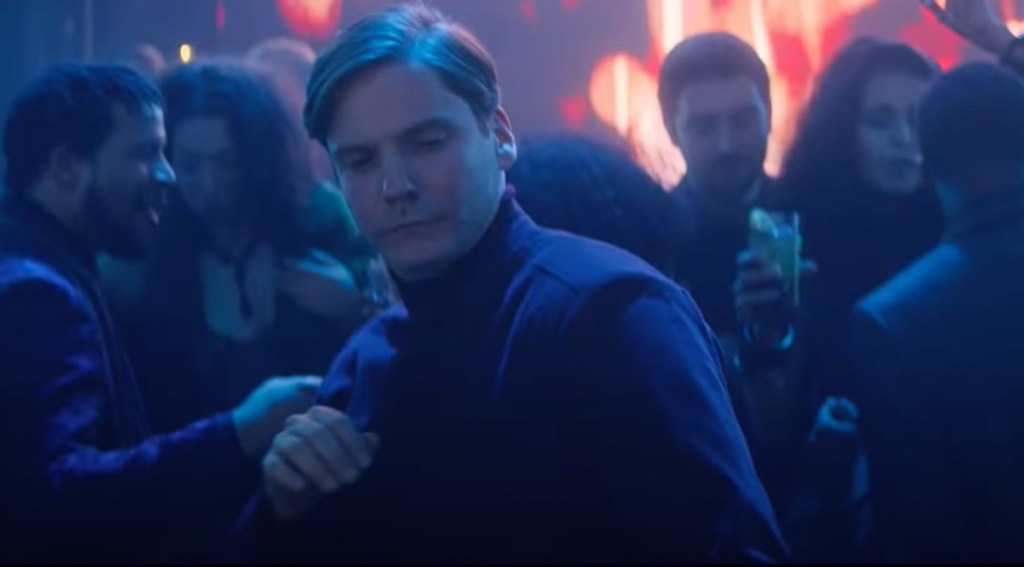
Helmut Zemo
It must sting to be the main villain of a movie while coming off as maybe the 10th most important character. Daniel Bruhl did well as Zemo in Captain America: Civil War, but he was also understated. In the comics, Zemo is a ridiculous, charismatic weirdo of a man and we were cheated out of it. The MCU version was Machiavellian and all, but he needed more of a pulse.
Then we got The Falcon and the Winter Soldier, which helped fix things. Mostly. He became more eccentric and revealed that he’s actually stinking rich. He tore up the dance floor in an underworld nightclub. There is even that scene where he put on the purple mask, killed some goons, then…took it off. For some reason.
Hey, at least he’s being weird about it. Now we can’t wait to see him pop up again.
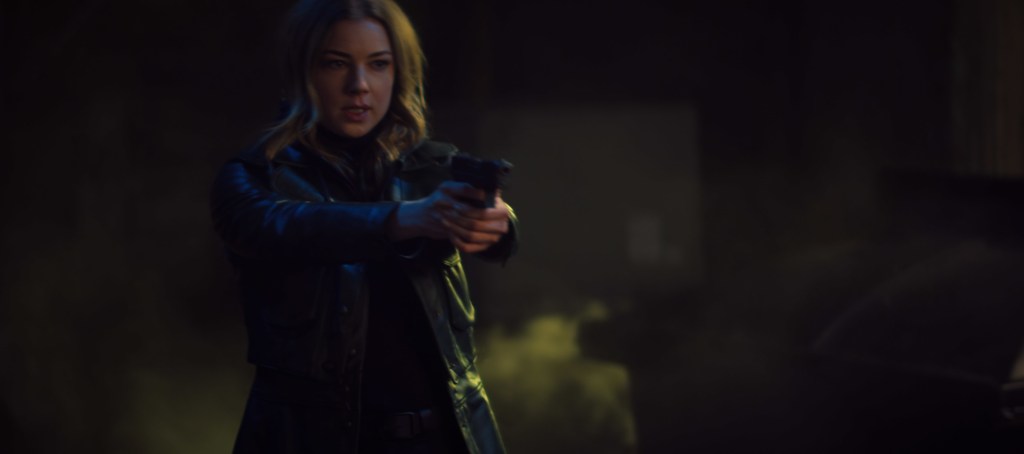
Sharon Carter
Agent 13 was dead in the water. Being Steve Rogers’ love interest was never going to work out, especially when you factor in the familial relationship with Peggy Carter. Nobody wanted that, no matter how funny Sam and Bucky smirking at that kiss was.
Practically forgotten about after Captain America: Civil War, Sharon turned evil and became a heavy hitter in the criminal underworld as the Power Broker. Even though her supply of super soldier serum has run dry, she has connections, her freedom, and a squeaky clean reputation as far as the authorities are concerned. She has still yet to meet her comeuppance, which at least makes people more interested in seeing her show up again.
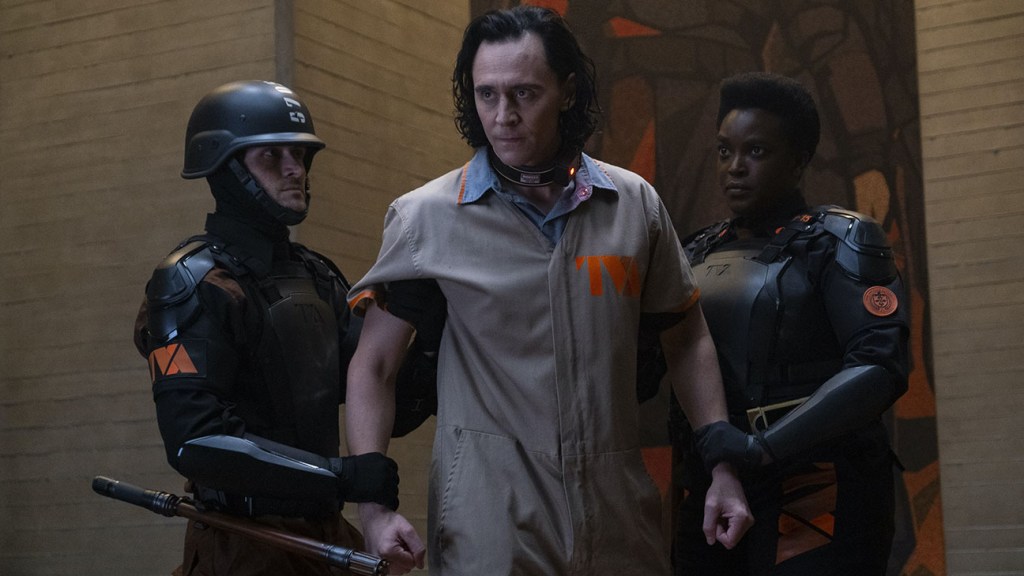
Loki
When Thanos killed Loki, there was a sense of redemption in there, but it only went as far as Loki’s relationship with Thor and maybe Asgard. Despite the events of Thor: Ragnarok, Loki was still full of himself when it came to others and felt that it was his destiny to rule. He was not sorry about his role in Avengers, nor was he sorry about the genocide he almost committed in the first Thor.
The Loki Variant created from Avengers: Endgame gets to be not just a better version of Loki, but presumably the best. Through his adventures, he is forced to question his own actions and the ramifications. He’s pushed to understand that his own vindictive nature would lead to his mother’s murder. He remains an egomaniac to the point of being in love with a version of himself, but he does gradually learn that he can improve. When he ponders the possibility of ruling all of time and space during the finale, he is more focused on what’s better for everyone than full-on megalomania.
Also, it says a lot that Loki’s best friend in all of this is a completely down-to-earth human being. It’s like Loki had to learn the same lesson of humility as his brother, but in a more outrageous way.
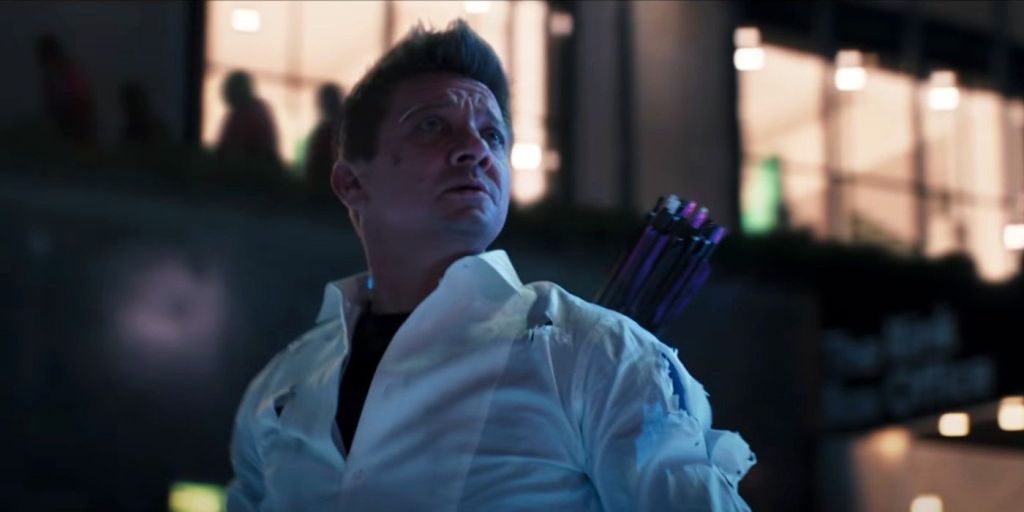
Clint Barton
Something I’ve always found interesting about the Hawkeye in the MCU is that the Clint Barton we’ve seen is mostly based on the Ultimate Marvel take. Ultimate Hawkeye and 616 Hawkeye are extremely different outside of the arrow gimmick. The former is more of a straight-laced assassin and the latter is a rebellious swashbuckler. Even Clint’s run as Ronin in Avengers: Endgame is more in line with how he was in the Ultimate comics after his family was killed.
The Hawkeye series takes this cinematic adaptation of Ultimate Hawkeye and puts him in an adaptation of one of 616 Hawkeye’s adventures. When you look at it through that lens, it’s a fascinating experiment. By existing alongside Kate Bishop, the Tracksuit Mafia, and Grills, Clint starts to shed his disgruntled, self-serious nature and not only gets over the tragedies of his past, but also embraces the heroism that he has inspired over the years. With Kate taking up his mantle while seeing only the best in what Clint is capable of, Clint can walk away from his life as Hawkeye completely fulfilled.
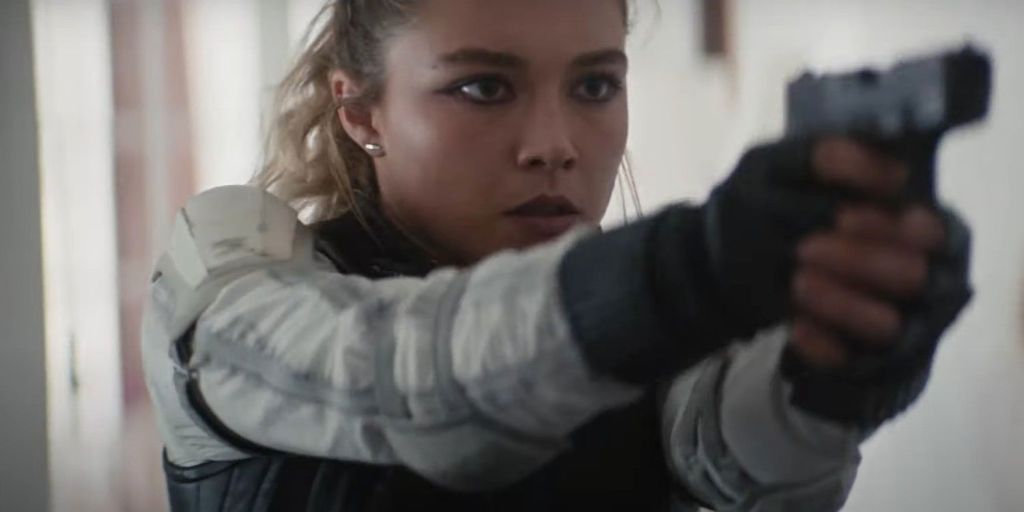
Yelena Belova
Like much of Phase 4, Black Widow was about passing the torch. In this instance, it was Florence Pugh as Yelena Belova following in Natasha’s footsteps. Despite young Natasha’s wishes, she could not protect her sister from becoming a bitter assassin. The two were able to confront their past, as well as the authority figures who molded them into killers, and came out of it stronger and closer. The post-credits scene showed that Yelena has been trying to enjoy her own independence while feeling a void due to her sister’s heroic death. It also sets up her appearance in Hawkeye, as she’s sent to kill Clint Barton, officially for money but unofficially for revenge.
On the Hawkeye series, Yelena gets to grow. Her conflict with Clint allows her to forgive him for the crime of surviving while they both take steps towards accepting Natasha’s sacrifice. On a more upbeat note, Yelena gets to interact with Kate Bishop, giving us a lovable frenemy pairing. Considering these two heroes are going to help carry the MCU into the future, people are excited to see where the next iteration of the Hawkeye/Black Widow friendship takes us.
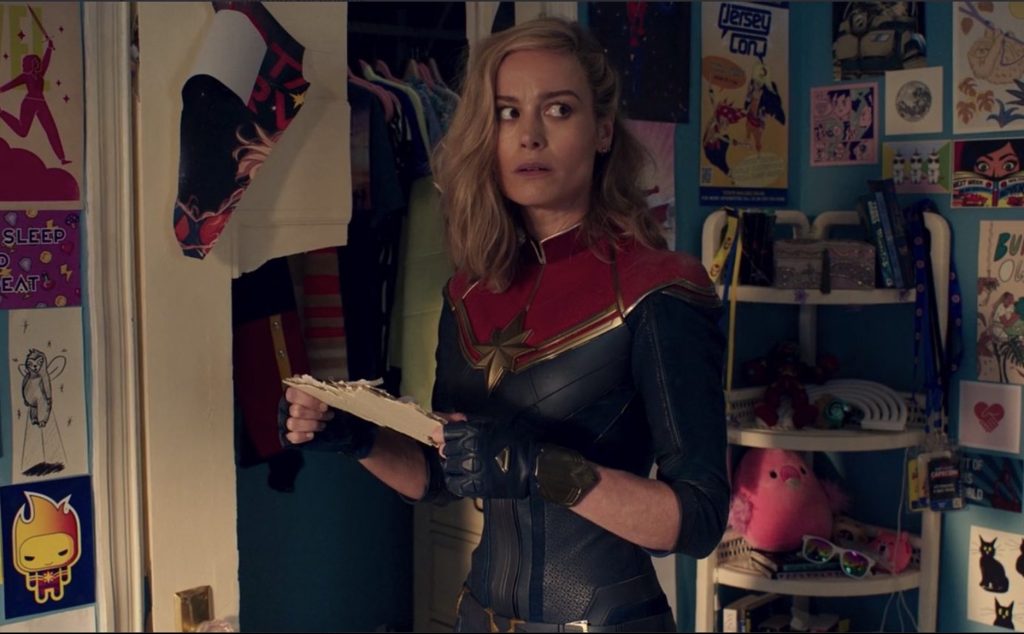
Captain Marvel
Carol Danvers only appeared for a few seconds in Ms. Marvel, but the Disney+ shows have done a good job helping build her into the major name she’s supposed to be. WandaVision has a scene where the side heroes discuss her role against Thanos and we see that Monica reacts to the discussion with disgust. Once Carol’s biggest fan, something has changed to make Monica bitter about her mother’s BFF. Perhaps Carol was too busy to visit them in their time of need. Perhaps Monica feels that this cosmic hero who deals with so much alien technology could have probably saved her mother’s life.
On the other side of things, we see that Kamala idolizes Carol. Thanks to Scott Lang’s podcast, the world knows that Captain Marvel took out Thanos’ warship single handedly and gave him trouble in hand-to-hand combat. Kamala sees Captain Marvel in the same light that a young Monica Rambeau did, which is the perfect setup for The Marvels.
Plus, you know, the whole matter-switching plot device that they used as a cliffhanger.
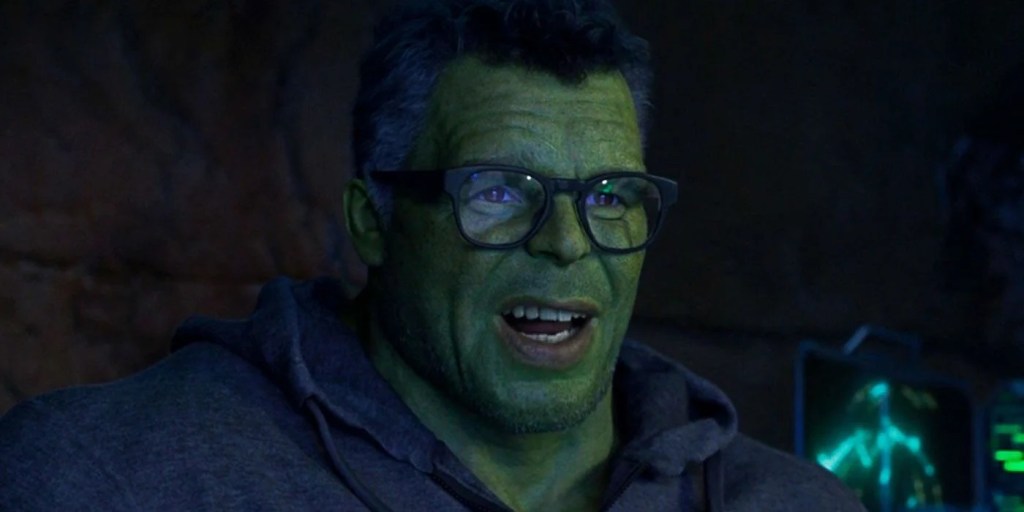
Hulk
One of the biggest problems with the MCU’s narrative is that they just could not find room to tell Hulk’s story clearly. Through interviews and director commentary, we get explanations for Hulk’s behavior in Avengers: Infinity War and it was compelling stuff. Hulk was fed up with being treated as a weaponized curse and refused to do Banner’s dirty work. No respect, no smash. This would have led to their physical and mental merging, but all that development got thrown out the window.
As part of She-Hulk’s origin, Hulk got to have his own arc. More importantly, he got to have an arc that ties into the various Phase 1 characters wearing out their welcome and moving on. With Iron Man, Black Widow, and Captain America gone, Hulk feels isolated. Having his own family member become a Hulk and conquer the mental issues with it so fast while wanting to discard the lifestyle makes him feel even more isolated.
While we’ll see where this leads him, Hulk returned to the planet where he was beloved and came back with a new part of the family. With Skaar at his side, he isn’t so lonely anymore.
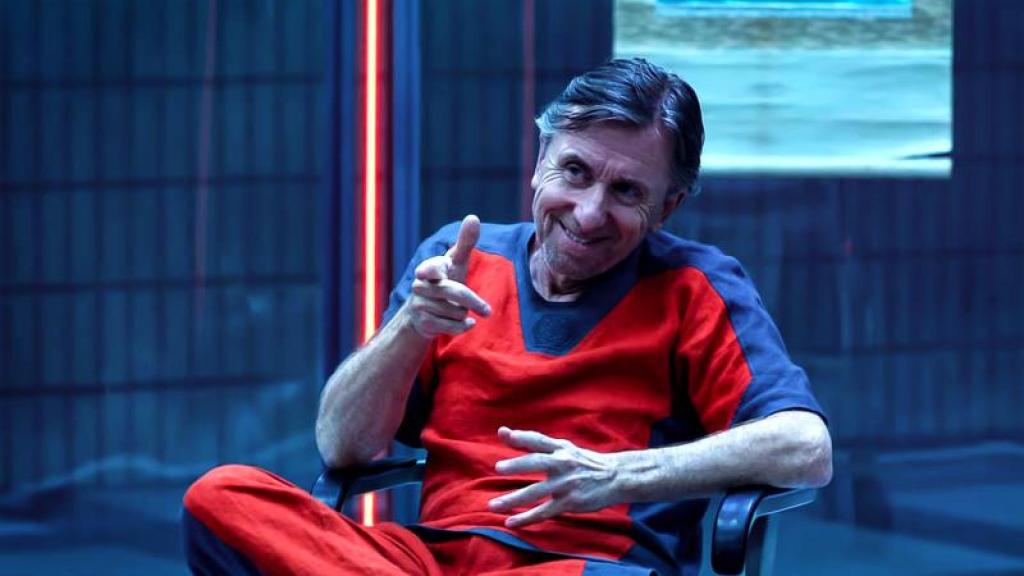
Abomination
Bringing back the Abomination more than a decade after his last appearance was kind of a crazy move as the world just moved on. Then he popped up in Shang-Chi and the Legend of the Ten Rings and there was a huge question mark around him. Him fighting Wong in an underground fight club made some sense on the surface, but the two seemed to be friendly with each other and that just raised questions.
Tim Roth got to evolve the character on She-Hulk: Attorney at Law by playing up how much time had passed. He was no longer just a brute or even just another failed super soldier experiment. Hulk had moved on so much since 2008, so it’s safe to say that Abomination had as well. He found peace as a zen guru and earned his parole. From there, charming as he was, he stood in a volatile spot where we did not trust him to be reformed, but really wanted to believe in him.
When the other shoe dropped, his betrayal turned out to be comparatively trivial. Yes, he was lying to Jen Walters, but only in the sense that he was turning into his monster form for entertainment reasons. His biggest crime was not looking into who was hiring his services, as hosting a meeting of the Intelligencia was just a bad look.
Now Emil is in a unique spot. He still seems like he means well and is palling around with Wong, but legally and as a public figure, his reputation is destroyed. He may pop up in Thunderbolts, but then again, the MCU might just be done with the character completely.
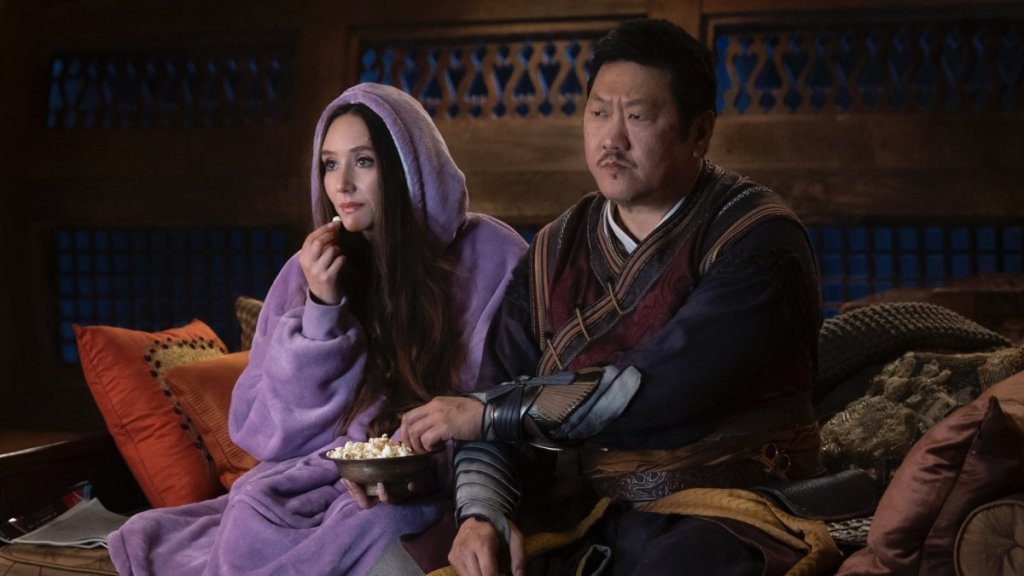
Wong
When Brian Michael Bendis was doing his lengthy Avengers run in the 2000s, one of my favorite parts was how he would take certain larger-than-life characters and ground them with ordinary guy stuff. Doctor Strange goes on the internet to look up hockey scores and read rumors about his colleagues. Norman Osborn considers Five Guys Burgers and Fries to be the food of the gods. Doctor Doom has at some point sat down and watched Planet of the Apes. I love those little touches.
Wong is that concept personified and has been ever since shown listening to Beyonce. He’s more serious than Strange and also more in tune with Kamar-Taj and its mystical traditions. At the same time, he’s up for drunken karaoke and loves his Hulk-themed ice cream. Being on She-Hulk: Attorney at Law doesn’t truly change anything about Wong, but it is humanizing to see the stoic wizard with one of the most important jobs on Earth spending his downtime getting drunk and watching prestige TV with an annoying lush.
